Election Symbols in India
Introduction
Election symbols are vital. They introduce a political party to voters. Election Symbols in India establish the party or candidate’s identity. Over the years, symbols have caused “battles”. This happens when a political party splits. The Election Commission assigns each political party in India a unique electoral symbol. These symbols provide a distinctive representation of a political party or candidate during an election campaign. When voting, a voter selects the symbol displayed on the Electronic Voting Machine (EVM). This is how they vote for their preferred candidate or party.
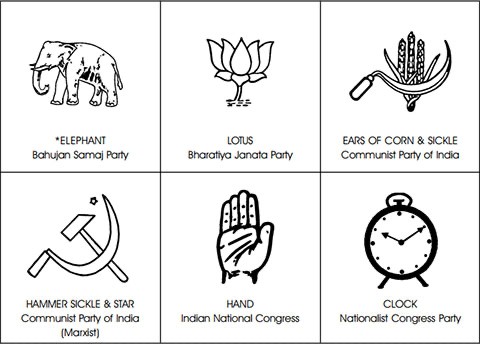
History of Election Symbols in India
Let’s go back to the Lok Sabha elections in 1951-52. The literacy rate in India was barely 20%. The introduction of election symbols was crucial. It helped the illiterate masses exercise their right to vote. The Election Commission decided that the symbols should resonate with the masses. They should also be easily recognizable by everyone. Any symbol with religious or sentimental associations was excluded from the list.
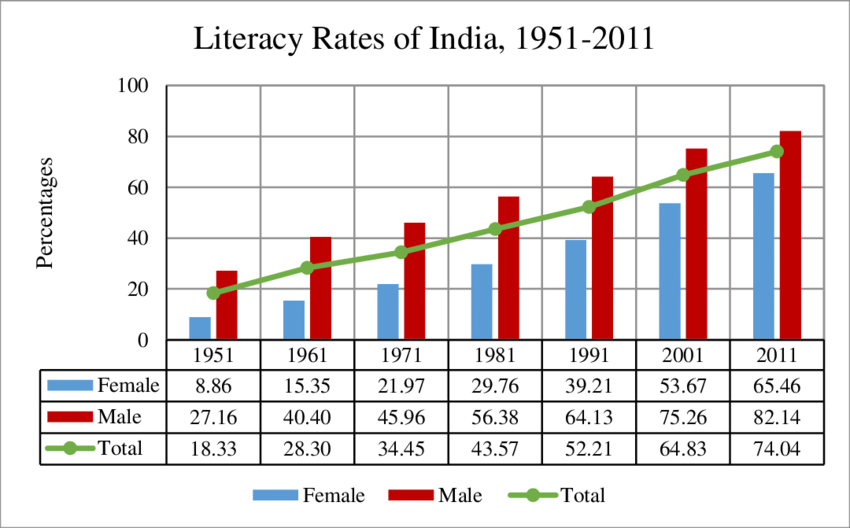
Allotment of Election Symbols
The Election Symbols (Reservation and Allotment) Order, 1968, empowers the Election Commission of India (ECI) to allot electoral symbols to parties. The ECI registers political parties for elections. It classifies them as national or state parties based on their performance in elections. Recognized parties get Reserved symbols. Unrecognized parties get Free symbols. The ECI is the sole authority that decides on disputes among sections or groups of a recognized political party claiming its name or symbol. The Supreme Court upheld this in the Sadiq Ali vs ECI case in 1971. In case of a party split, the ECI decides which faction can keep the symbol. It may freeze the symbol and allot two new symbols to both parties.
Symbol of the Congress
On August 17, 1951, the ECI allotted two ‘bullocks with a yoke on’ to the Indian National Congress. The year 1969 marked the split of the Congress into the Congress (O), headed by S. Nijalingappa, and the Congress(R), headed by Jagjivan Ram. On January 11, 1971, the ECI decided in favor of Congress(R) It stated it was the real Congress. However, the Supreme Court stayed the order. It ruled that neither group would be entitled to use the symbol. On January 25, 1971, the ECI allotted ‘Calf and Cow’ to the Jagjivan Ram/Indira Gandhi group. It allotted ‘Charkha being Piled by a Woman’ to the Nijalingappa group. After the Jagjivan Ram-Indira split, the Congress (I), headed by Indira Gandhi, received recognition as the real Indian National Congress by the ECI. It got the symbol ‘Hand’.
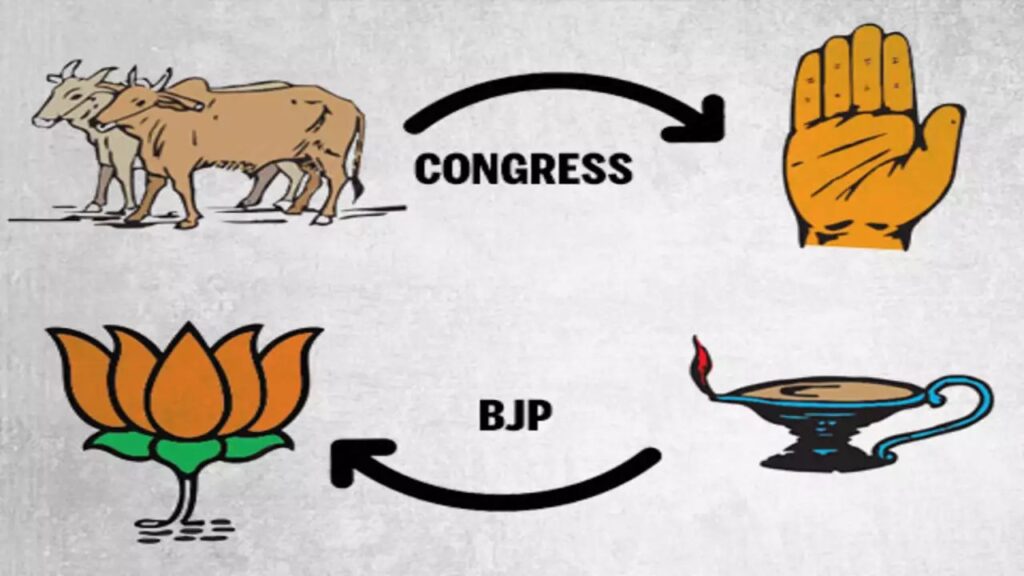
Recent Controversy over Election Symbol
Recently, two rival Shiv Sena factions found themselves at war. The war was for the party’s symbol of Bow and Arrow. Eknath Shinde and a group of Sena MLAs rebelled against CM Udhhav Thackeray. They viewed the Maha Vikas Aghadi (MVA) alliance as the party’s slow loss of identity. This rebellion led to a split in the party. Udhavv’s group removed Shinde as the leader of the legislature party. The Supreme Court upheld the ECI’s decision. It granted the ‘bow and arrow’ symbol to the Shinde faction
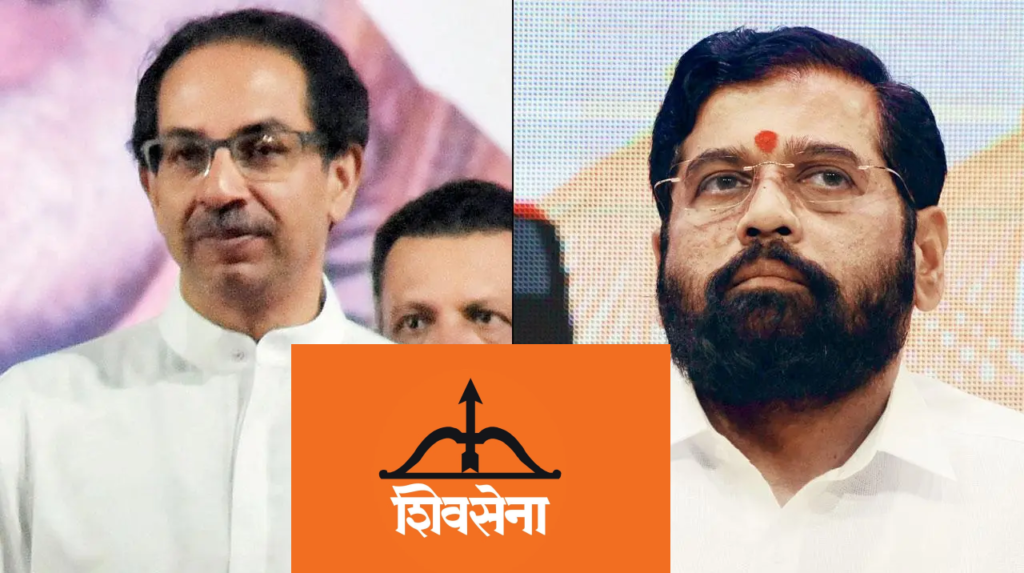



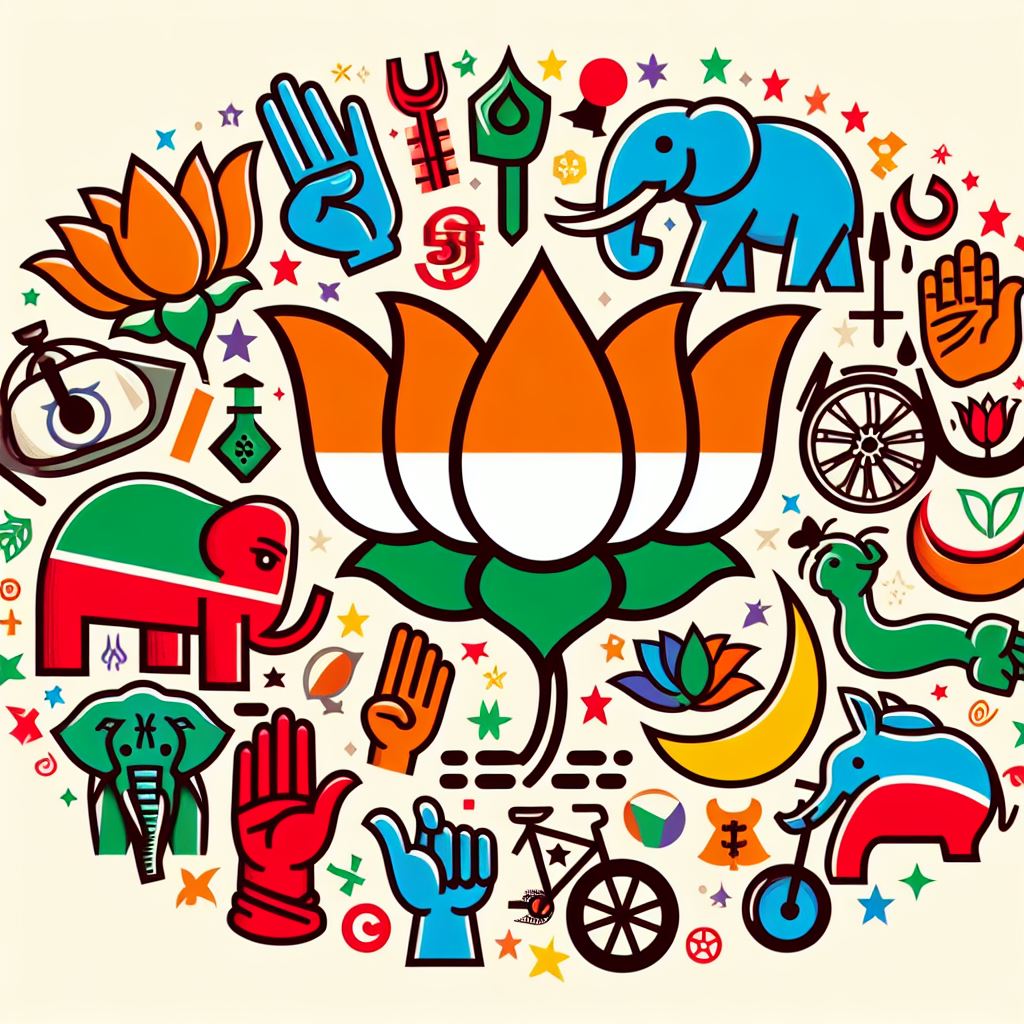
Leave a Reply
You must be logged in to post a comment.